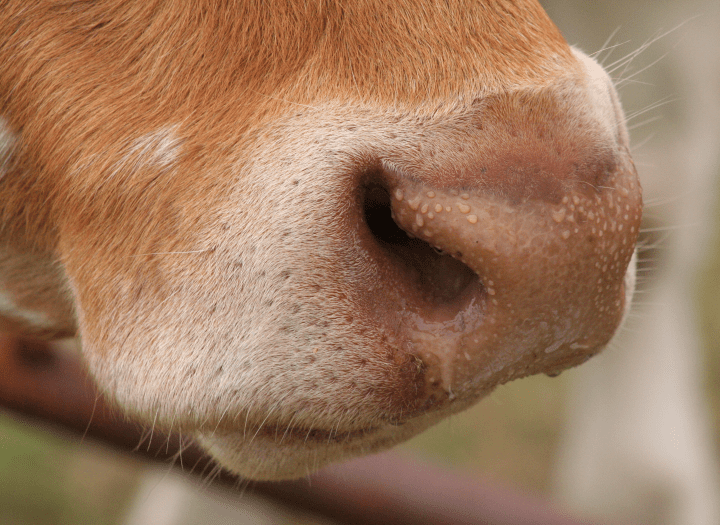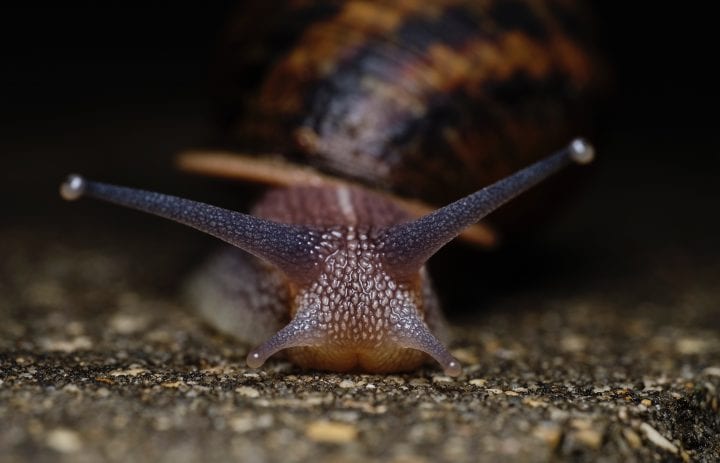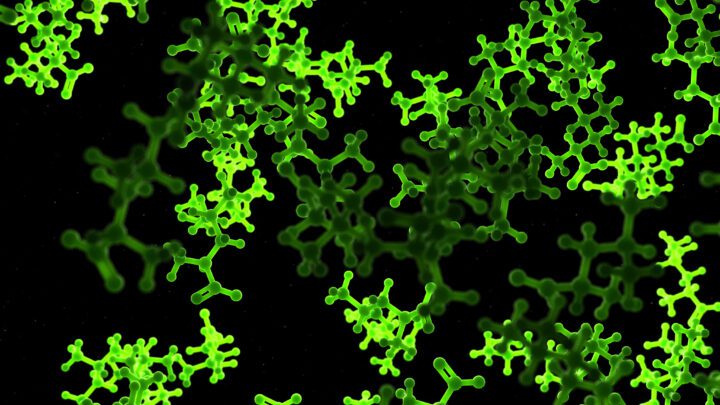Robot from Cornell University has pressurized reservoirs that release water and prevent the robot from overheating.
Benefits
- Safer
- Reduced energy usage
Applications
- Robotics
- Protheses
- Medical devices
UN Sustainable Development Goals Addressed
-

Goal 9: Industry Innovation & Infrastructure
The Challenge
When a robot overheats from a heavy computational load it will shut down, causing delays and errors in processes. To prevent this, robots have additional systems dedicated to cooling themselves down. These systems utilize additional energy and need consistent maintenance to stay operational.
Innovation Details
The soft robot consists of 3D-printed hydrogel actuators that form fingers to grip objects. The actuators have small pressurized reservoirs filled with water. The reservoirs are connected to the surface of the ‘finger’ by ducts. When the plastic on the robot reaches 86°F (30°C), the base layer shrinks, squeezing water to the top layer which has small pores for the water to escape out of. The water then evaporates, taking heat with it. This helps cool the robot, similar to how humans sweat to stay cool.

Biological Model
The sweat s of many mammals aid thermoregulation through evaporative cooling. The eccrine sweat gland is controlled by the sympathetic nervous system which regulates body temperature. When temperatures rise, the eccrine glands secrete water to the skin surface, where heat is removed by evaporation.





